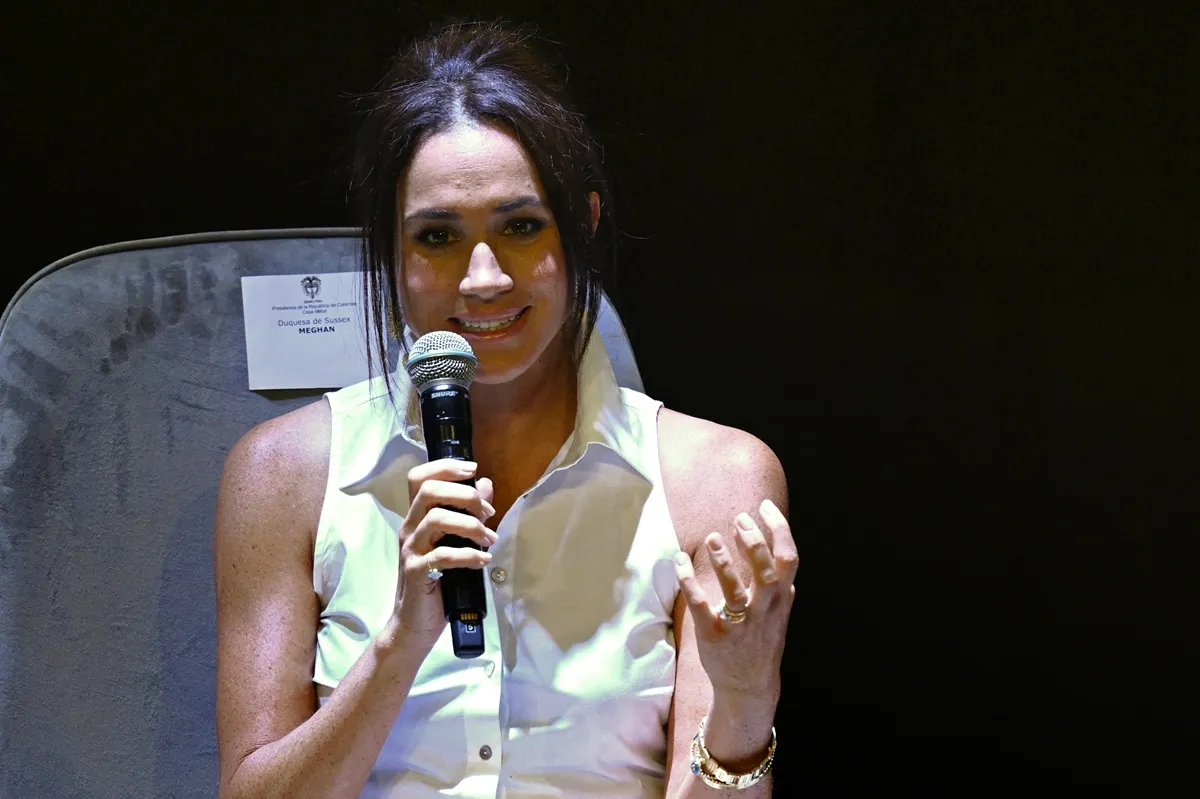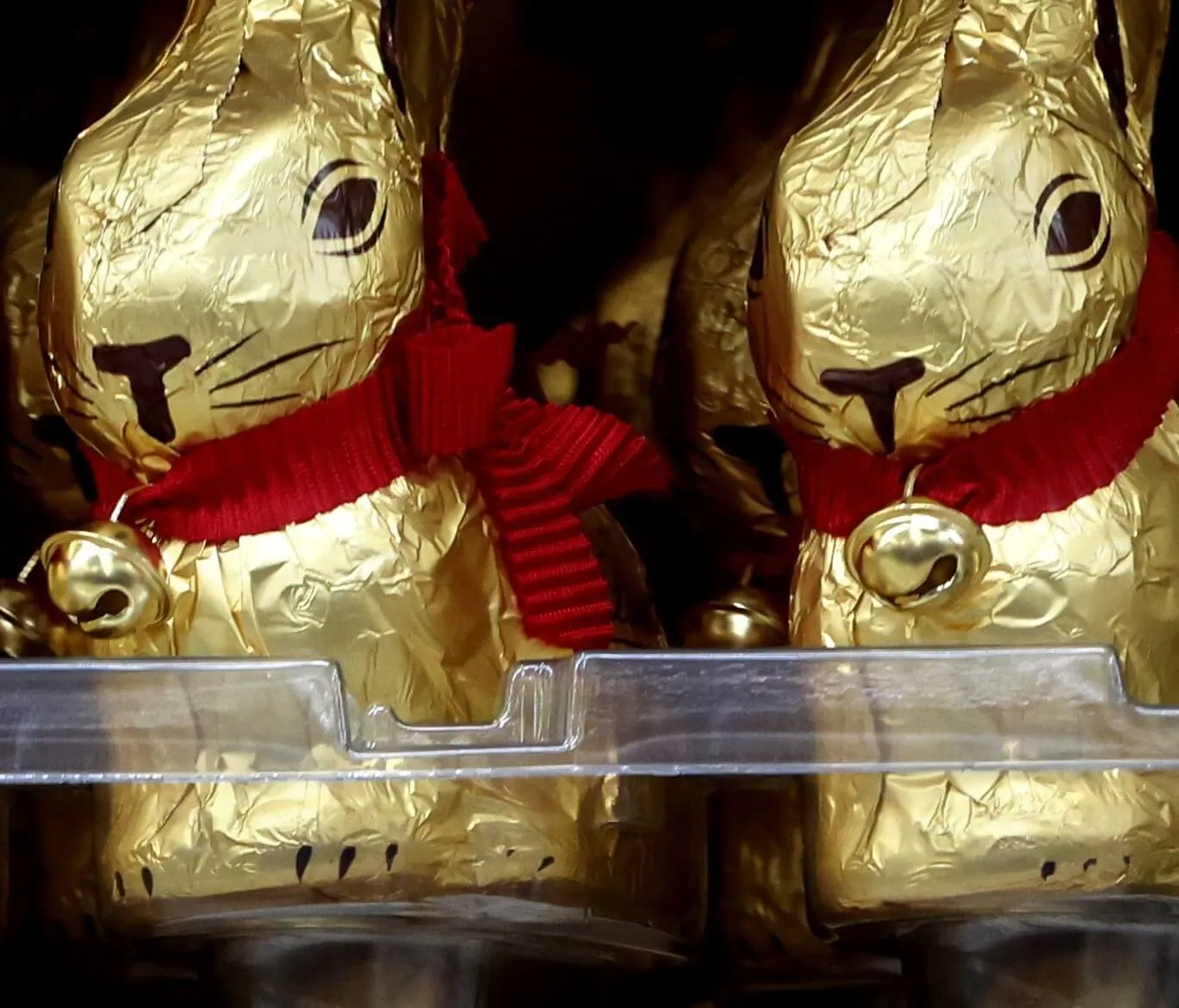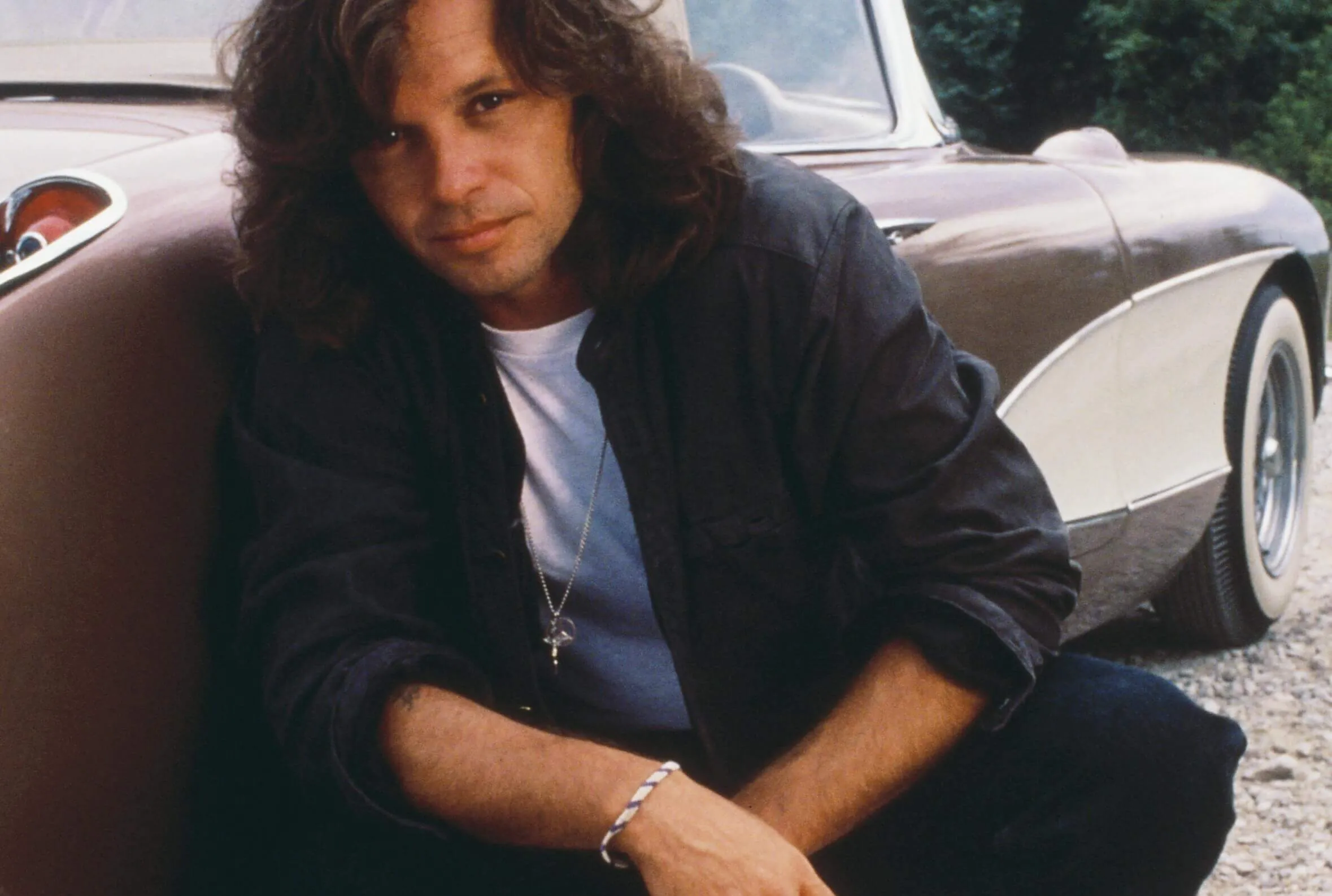‘Avatar: The Last Airbender’: These Two Characters Were Named After a Real-Life Spiritual Leader
Despite premiering over 15 years ago, Avatar: The Last Airbender has been having a second life in 2020 thanks to its addition to Netflix. Both Avatar: The Last Airbender and its sequel series The Legend of Korra are now available to stream in full, and they’ve created a new generation of fans as well as excited the old ones.
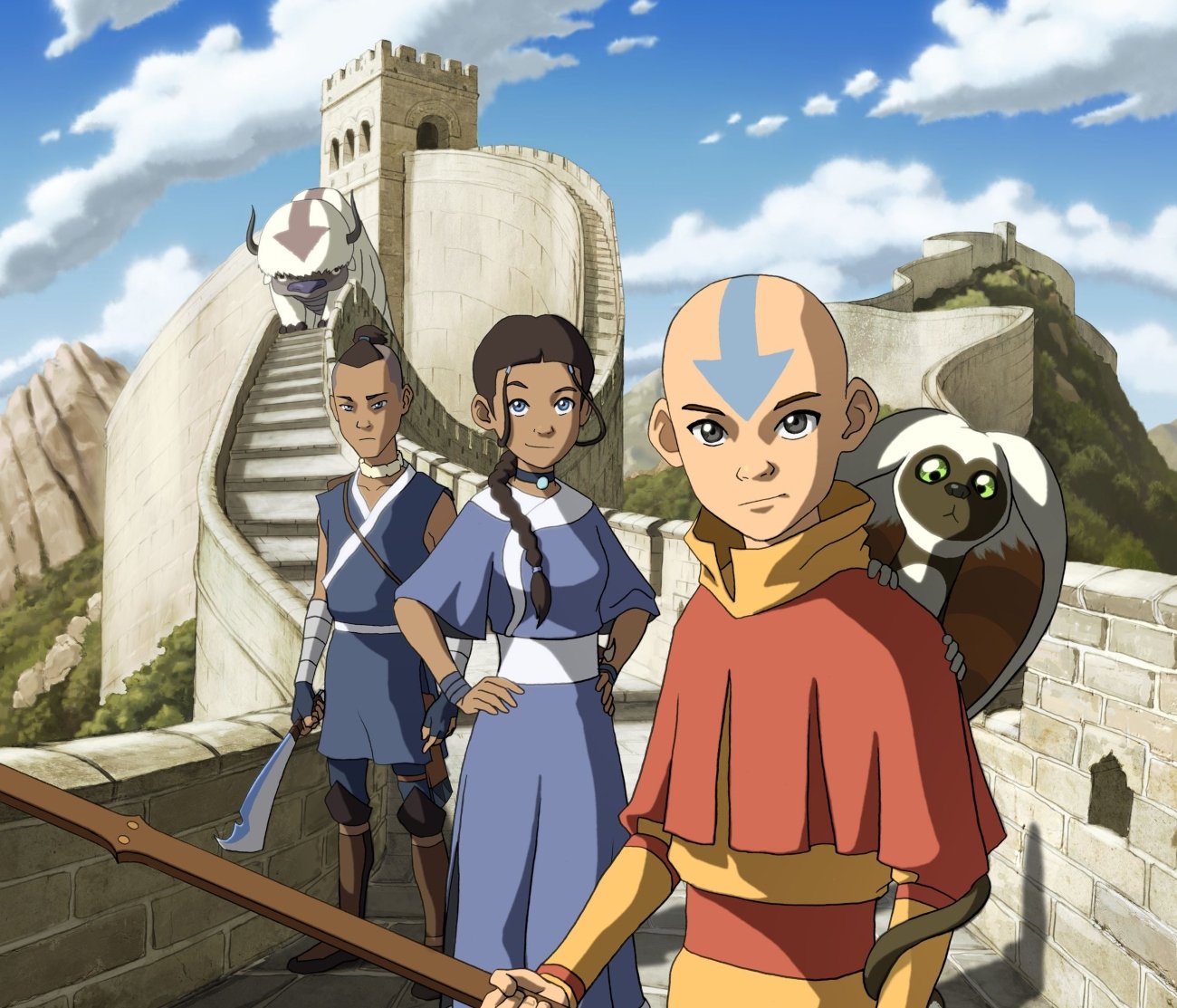
‘Avatar: The Last Airbender’ is no ordinary cartoon
It may be easy to dismiss kid’s cartoons and anime-style shows as mindless entertainment with little insight to offer those who watch. What makes Avatar so unique is that every episode taught something different about people and our place in the world, as well as the morals and ethics that humans often grapple with.
Avatar: The Last Airbender and The Legend of Korra explore issues and ideas including police violence, imperialism, war, and justice, and places young people at the center of these conflicts. It’s about more than good vs. evil; it’s about how the world operates as a whole, and how it can operate if people acted differently.
The ‘Avatar’ universe takes lots of inspiration from real-world cultures
The Avatar universe is incredibly rich, and it pulls lots of inspiration from real-life people, places, and things to build its world. The names of the city of Ba Sing Se and the great knowledge spirit Wan Shi Tong, for example, are both derived from Chinese languages of Mandarin and Cantonese, and both of their meanings are explained in the show: “ba sing se” roughly translates to “impenetrable city,” and “wan shi tong” translates to “he who knows 10,000 things.”
The art of bending the four elements is the basis of the series, and each kind of bending is based on different real-life martial arts. The agile movements of airbending are derived from the “circle walking” of baguazhang. The fluid motions of waterbending resemble the practice of tai chi. The aggressive fighting style of firebending is based on the northern Chinese shaolin subset of kung fu, while the grounded movements of earthbending are derived from a southern Chinese shaolin style called hung ga.
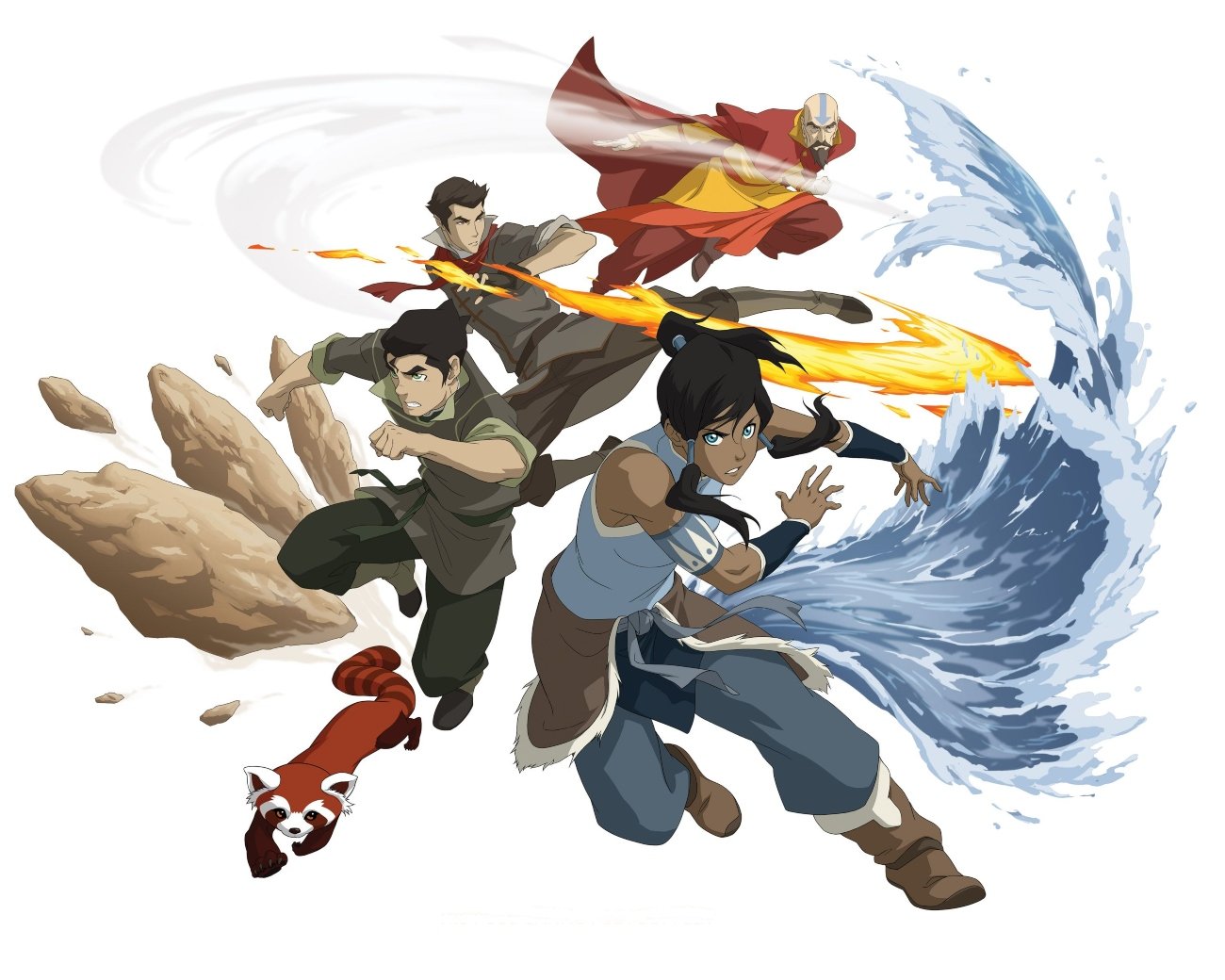
Two ‘Avatar’ characters are named after a famous real person
Even the names of characters are derived from real people. Mako in The Legend of Korra, for example, is named after the original voice actor for Iroh in the original Last Airbender before his untimely death halfway through the series.
In Avatar: The Last Airbender, Aang was good friends with a fellow airbender monk named Gyatso, who acted as a father figure as the young Avatar grew up. In The Legend of Korra, we learn that Aang and Katara eventually got married and had three kids, one of whom — Tenzin — becomes Korra’s airbending teacher and is tasked with fostering the next generation of airbenders.
Air Nomads are notoriously spiritual people, and Gyatso and Tenzin both placed heavy emphasis on being in touch with yourself at your core. Though their personalities may differ, they both have something in common with a famous real-life spiritual leader: the Dalai Lama, whose religious name is Tenzin Gyatso.
“Tenzin” is a common Tibetan name meaning “defender of the faith” or “upholder of the teachings,” and “Gyatso” means “ocean.” The monastic lifestyle of the Air Nomads resembles that of the Tibetan Buddhists that the Dalai Lama leads. And interestingly enough, both the Dalai Lama and the characters of Tenzin and Gyatso are bald and wear red and yellow robes.
